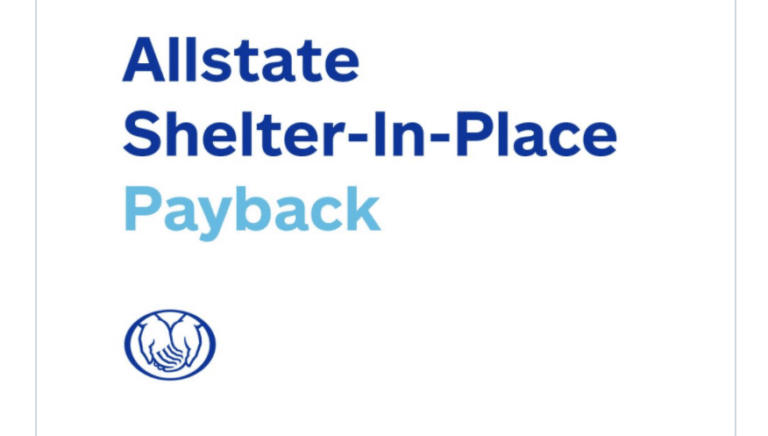As the world tries to grapple and predict what life will be like after COVID-19, some industries have a unique opportunity to embrace and invest in digital transformation. Users are increasingly turning to technology to connect them with the outside world and are expecting services to adopt technology that will fit this new lifestyle. In particular, retail banks and personal finance apps have had to pivot their strategy to bring traditionally offline customers online. Here are some ways you can advance your mobile services for your user base during this time, as exemplified by personal finance and banking apps:
1. Accelerate Adoption and Emphasize The Benefits of Mobile
Insurance company Allstate emphasizes in its app adoption campaign how easy it is for customers to get their money back through the app for insurance reimbursement claims. This messaging ties app usage to the idea of receiving money, directly showing users the app’s value. Allstate uses its social media accounts to call users to the app, as seen in the example below. This type of leverage of social media is a great way to bring users to the app (protip: it’s even better if you deep link directly to your app from your social profile and social posts).
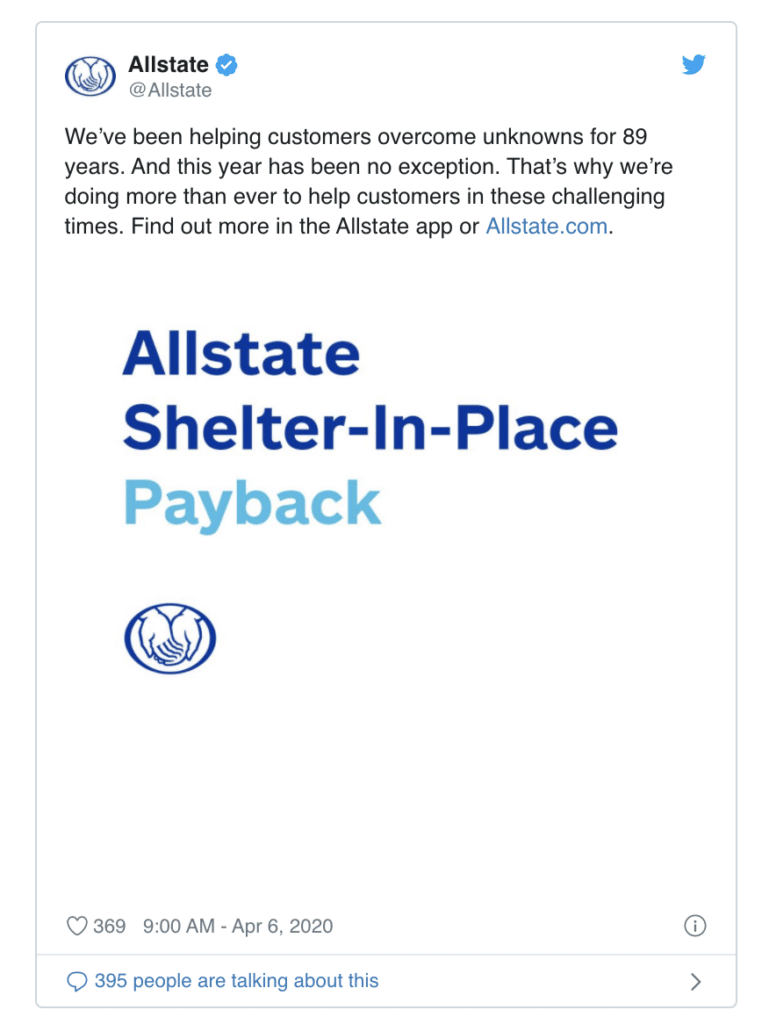
Allstate’s Twitter posts encourage users to download the app. Including a deep link that brings users to the app from this Twitter post would take the CTA to the next level.
Similarly, Chase shows the many benefits of its app through Instagram stories that encourage people to download the mobile app to “Bank from anywhere,” highlighting common activities that can be done in the mobile app like depositing a check, transferring funds, or paying bills. Swiping up on the Instagram story leads users to the mobile web, then to the app store to download.
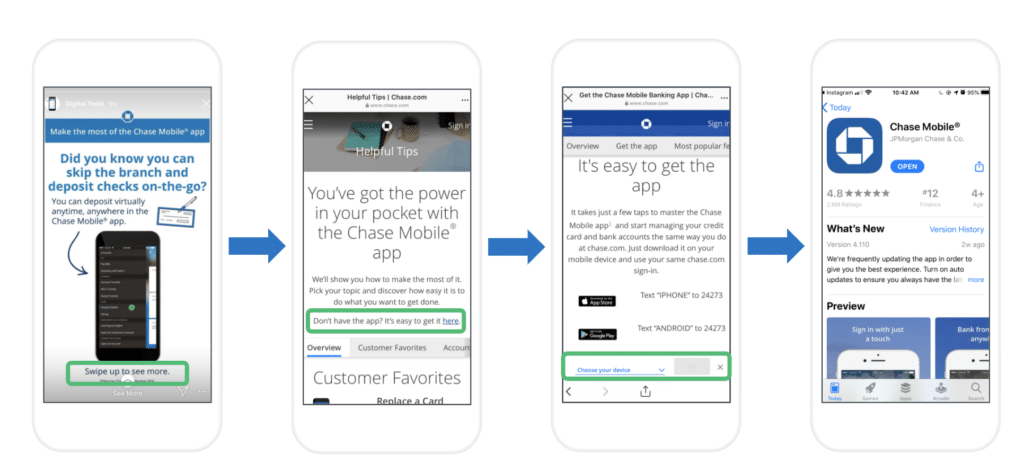
Chase uses its Instagram stories to encourage people to download the app. The CTA brings users to the mobile web where users can read more benefits of the mobile app, then to the app store to download.
When getting customers to your app, it’s important to emphasize the value that the app brings to prospective users. For example, they offer a constant line of communication with the consumer, and allow banks and financial institutions to remain virtually open 24/7, even if their physical locations cannot remain open at the same capacity prior to COVID. The benefits go both ways, too — enabling users to accomplish tasks in the app that could otherwise warrant a customer service call or direct mail allows for significant cost savings for you and eases up staff bandwidth.
Bottom line: Bringing offline users into the app makes them more likely to stick — once an app is installed, it’s getting used — and users who install the app use it to engage with their bank rather than the desktop and mobile web. As COVID-19 persists, everyone’s lifestyle will continue to change, and the tools they adopt now will stick even after the current situation ends. Be sure to highlight all the benefits your app brings to your user base to accelerate and maintain app use.
2. Invest in Organic User Acquisition through Web-to-App Banners and Content Creation
With many brands decreasing or halting ad spend altogether, brands with high mobile web traffic can accelerate installs and migrate their user base into app users via Journeys web-to-app banners, which convert web traffic to loyal app users. Your website is your most efficient acquisition channel — driving web traffic to your app is cheaper than a paid app acquisition campaign, and 87% of users still turn to web search first when looking for information.
NerdWallet makes its web-to-app banners even more effective through personalization. Users are shown different messaging on the web-to-app banner based on the page they’re viewing. In the example below, one user sees the message “Tackle your debt. Get the app” on the banner while viewing an article about reducing debt, while another user sees “Spend less than you earn. Get the app” while reading tips on saving money.
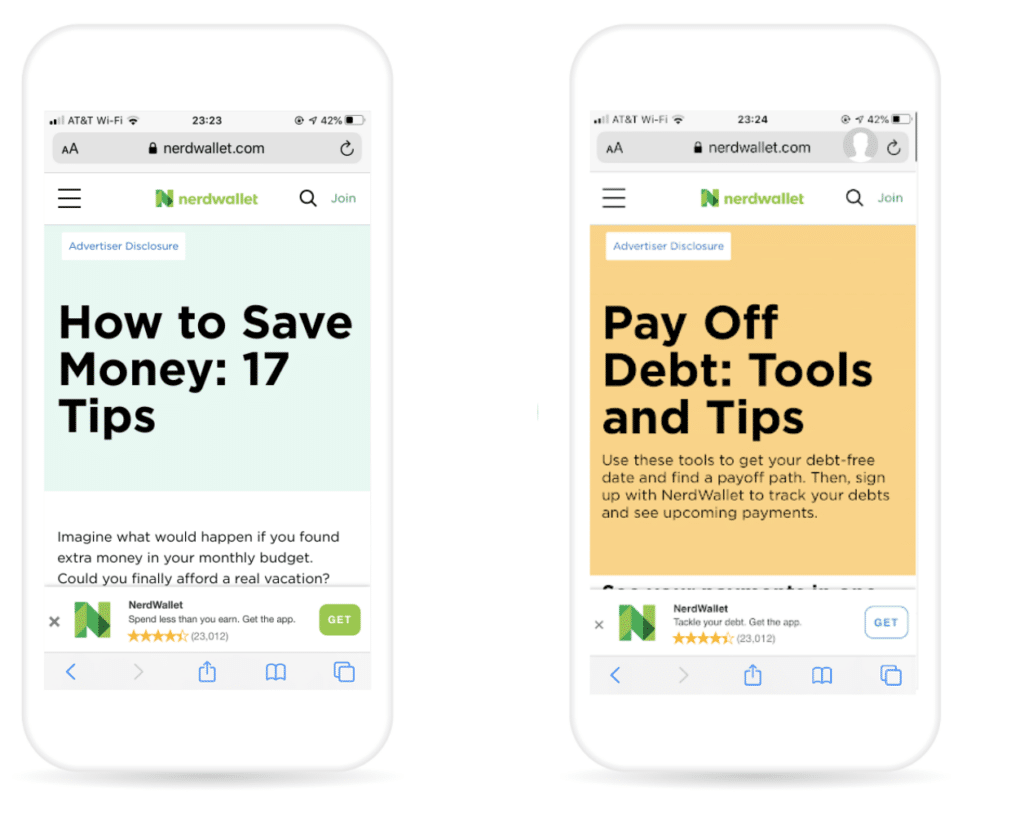
NerdWallet’s mobile website has smart banners with different messaging depending on what page or article the user is viewing.
Content creation is a great way to educate and introduce users to your app — in this regard, you can consider content as an additional channel you can use to bring people to your app. Some ways to do this are by creating an educational resource hub for users who are struggling financially at this time or providing financial guidance separate from the app’s services — for instance, a mobile banking app can still provide financial help to do with loans and mortgages, outside of selling those products. Educating users through content not only builds and maintains the relationship with your users, it brings users value and builds goodwill for your brand.
As you can see in both the previous example above and below, NerdWallet also publishes content where users can find articles related to personal finance, investing, loans, money management, and more. Not only do they publish content on their website, but they also publish directly on the app. This way, users can check their credit score, keep track of their spending, and more within the app, while also accessing useful information about personal finance in the same place. Because of this, the NerdWallet app can truly be considered a one-stop-shop for all things personal finance.
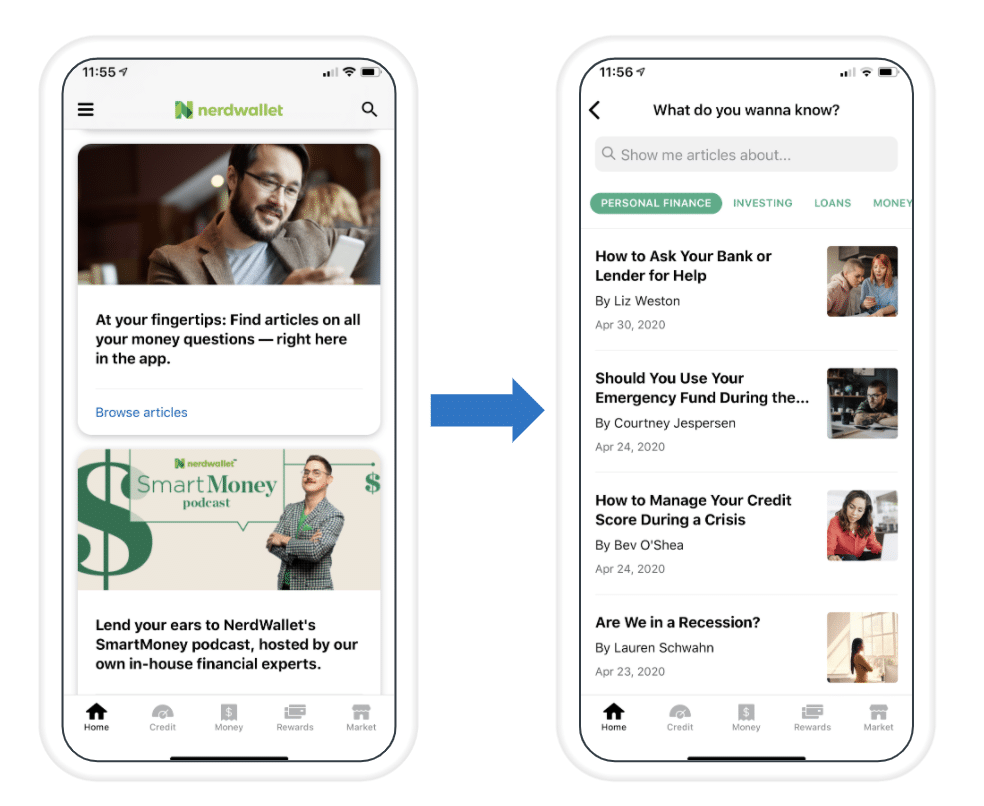
NerdWallet’s content hub in the app.
Key takeaway: A general reduction in paid ads budgets means harnessing organic traffic is more important than ever, and far more cost-effective. Use web-to-app banners to harness organic mobile web traffic to your app. Create content within your app to gain app users at a low cost, and to educate, engage, and provide additional value to existing and potential users.
3. Increase Conversions With Referrals and Personalized Onboarding
It’s no surprise that referrals, especially those with incentives and personalized onboarding, drive higher conversion rates. Fintech company Revolut, an app that makes it easy to send and request payments, leverages incentivized referrals by giving users cash in return for getting a new user to sign up. The referred user then gets a free Revolut debit card that contains cash, making the referral program a win-win for both people.
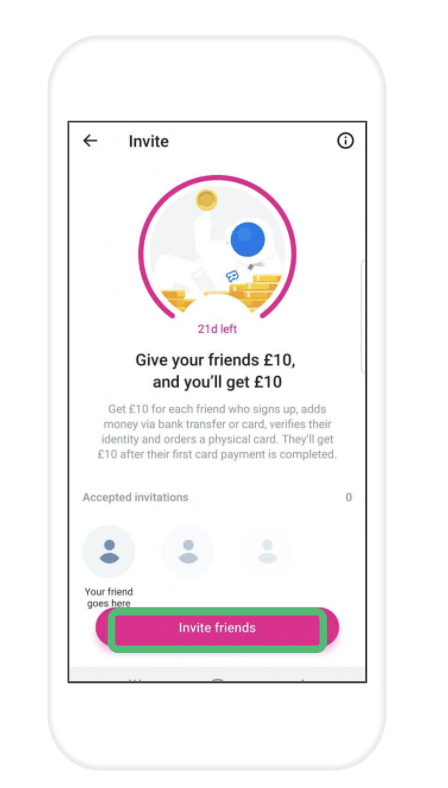
Revolut’s referral program incentivizes users with cash rewards.
Similarly, robo-investing app Robinhood offers users a free stock for every user that signs up from their referral, a program they call “give a stock get a stock.” Now, the app is offering an additional bonus stock after you invite 3 friends with the chance of getting Berkshire Hathaway, Apple, or Facebook stock. Additionally, Robinhood personalizes the onboarding experience — after downloading the app, referred users see their free stock given to them by their friend, further encouraging them to complete the onboarding process.
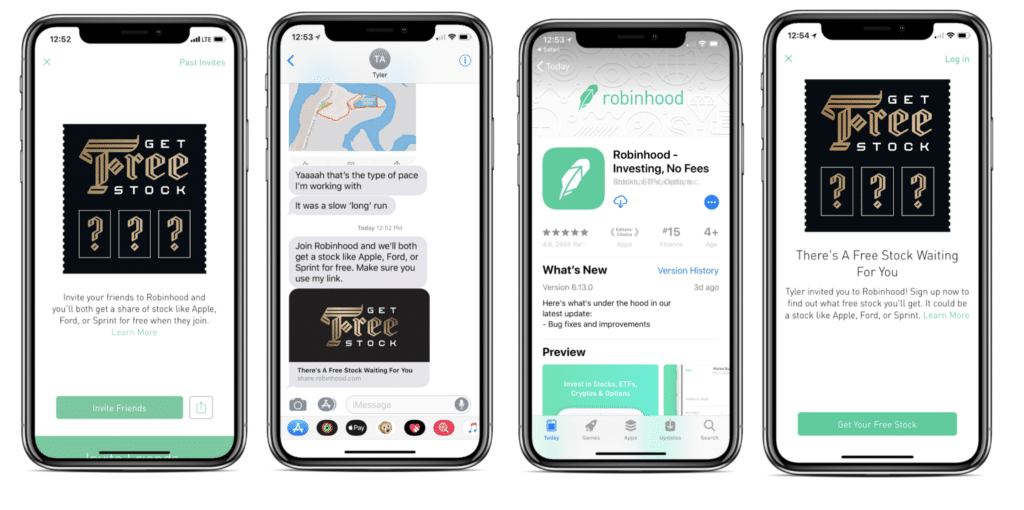
Robinhood’s onboarding flow is personalized for each referred user.
With banking app Dave, which prides itself as an app focused on “Banking for Humans,” users can create budgets, track their spending, and opt-in to earn money for participating in paid surveys or offering feedback. When a user refers a friend, Dave gives both users a free month of use and donates a meal to a family in need.

The Dave app incentivizes user referrals by giving both the referrer and referee a free month, as well as donates a meal to a family.
Case in point: Incentivized referrals have very high returns and increase the likelihood for users to convert. As seen in the histograms below, the “high converting bucket” made up of incentivized referrals had an average conversion rate of 70%. In comparison, the “lower converting bucket” consisting of non-incentivized referrals had an average conversion rate of 30%. As a bonus, providing incentives increases a brand’s perception of being a giver, especially in a time when giving to your users is more critical than before.
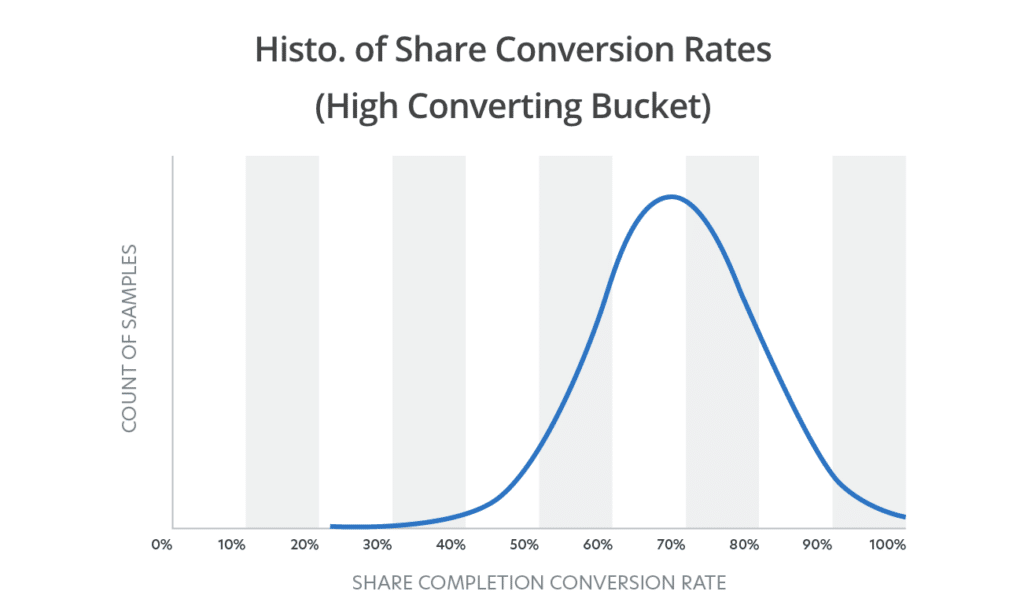
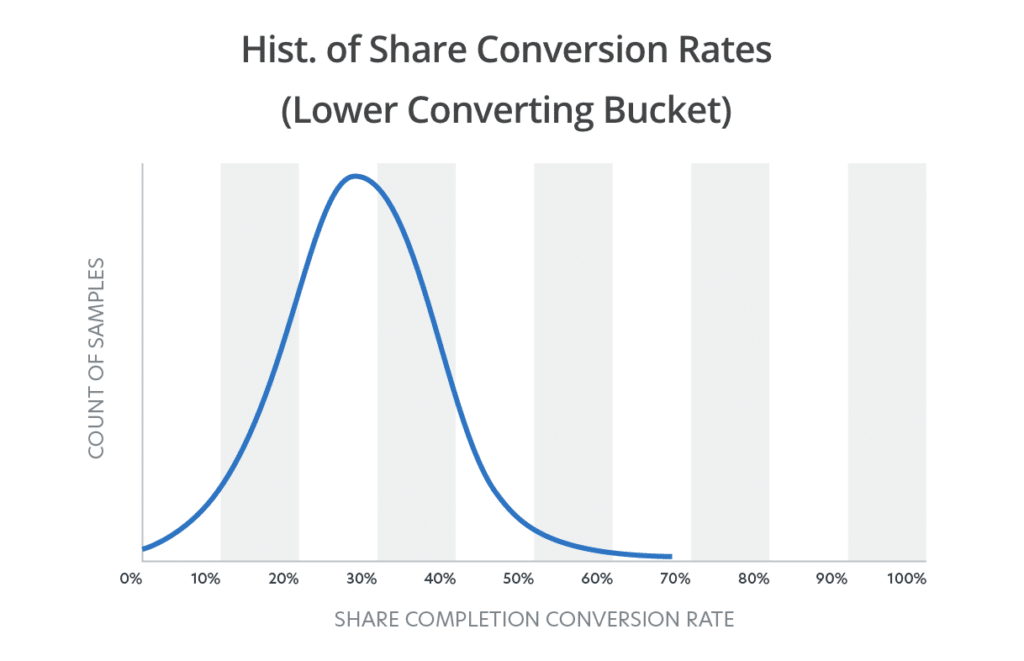
When implementing a referral program, make sure that your referrals are deep linked to ensure they take users to the right place within the app — and so that you can track and attribute your referrals to different users. Understanding the ROI of your referral programs is more important than ever with budgets increasingly tightening.
4. Activate Cross-Channel Customer Engagement
Today’s users are active across multiple platforms, channels, and devices, and it’s critical to provide stellar experiences on each one. Discover provides a seamless experience from email to app by preserving content through the user’s click, bringing them to the relevant place in the app based on the content within the email. In the example below, a “statement ready” or “payment due” email from Discover brings users to different pages within the app depending on if they tap the “view statement” or “make payment” button.
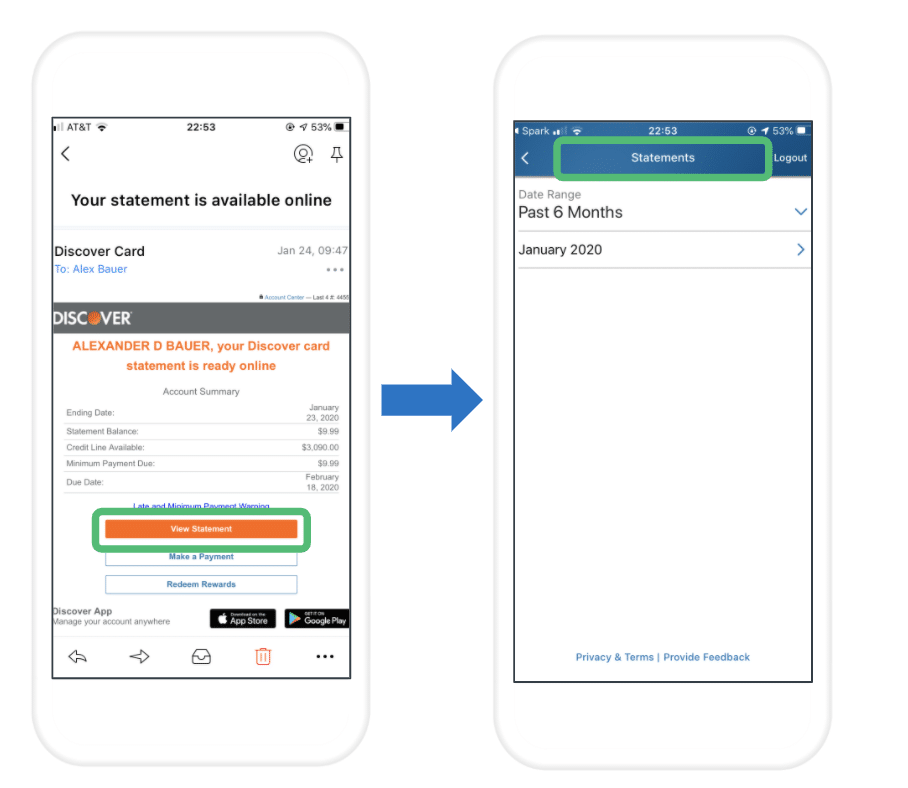
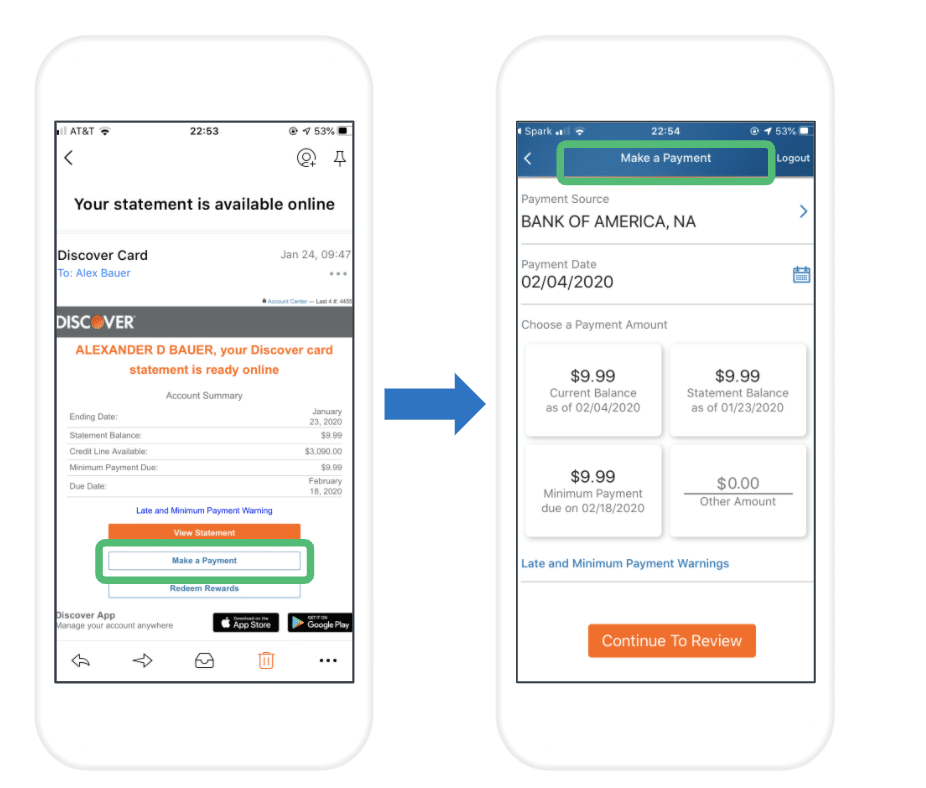
Discover brings users from email to either the Statements or Make a Payment page within the app depending on which CTA button the user clicks.
Budgeting app Mint is another great example of cross-channel experiences done well because the CTA button in their email campaigns brings users to the app. In the example below, a user receives an email about their spending activity in April. Clicking the “See my activity” button brings them to a page in the Mint app where they can see a breakdown of their spending that month.
Why invest in creating user experiences that are seamless across platforms and channels? The reasons are plenty: not only do they increase user engagement and conversions, transforming your users to be active across all platforms also makes potential upsells within the app easier as a result of seamless cross-platform experiences from email campaigns, social campaigns, and more. When creating cross-platform experiences for your user base, make sure that your links work everywhere and that you have the ability to track your cross-platform activities against your other campaigns. For example, when taking your users from email to app, it’s important to track email conversion rates against the conversion rates from your other channels — which is why having a trusted attribution partner like Branch is so important.

Mint’s CTA button brings users from email to the app.
Key Takeaway
Now is the time to be agile with mobile product development and invest in a digital transformation. Knowing that business is now going entirely online, product teams need to pivot and reprioritize development to stay on top of and ahead of that trend. Lack of personal interaction with clients can present challenges and hurdles, but this is an opportunity for brands to showcase their digital capabilities and use virtual channels — like mobile apps — to engage with their customers. Ultimately, digital transformation, especially in this time where transformation is of utmost importance, will outlast the effects of COVID-19 and will serve both the brand and its user base for years to come.






















